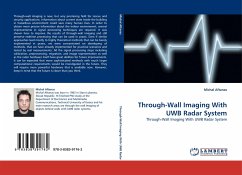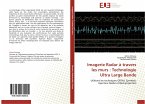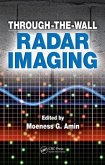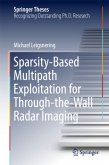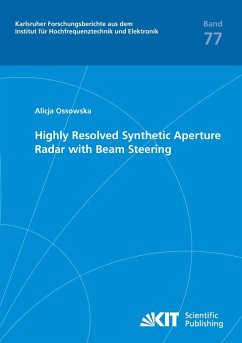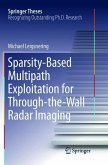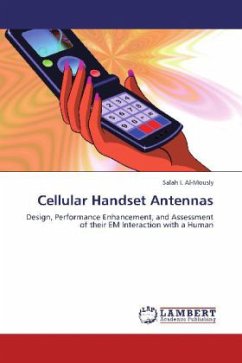Through-wall imaging is new, but very promising field for rescue and security applications. Information about current state inside the building in hazardous environment could save many human lives. In order to obtain more precise information about the indoor environment, several improvements in signal processing techniques are required. It was shown how to improve the results of through-wall imaging and still preserve realtime processing that can be used in praxis. Even if similar approaches lead mostly to highly theoretical methods that can be barely implemented in praxis, we were concentrated on developing of methods, that we have already implemented for practical scenarios and tested by real measurements. All the signal processing steps including calibration, preprocessing, migration, and image representation as well as the radar hardware itself have great abilities for future improvements. It can be expected that more sophisticated methods with much larger computational requirements would be investigated in the future. They will require more powerful hardware that is available now. However, keep in mind that the future is closer than you think.
Bitte wählen Sie Ihr Anliegen aus.
Rechnungen
Retourenschein anfordern
Bestellstatus
Storno

